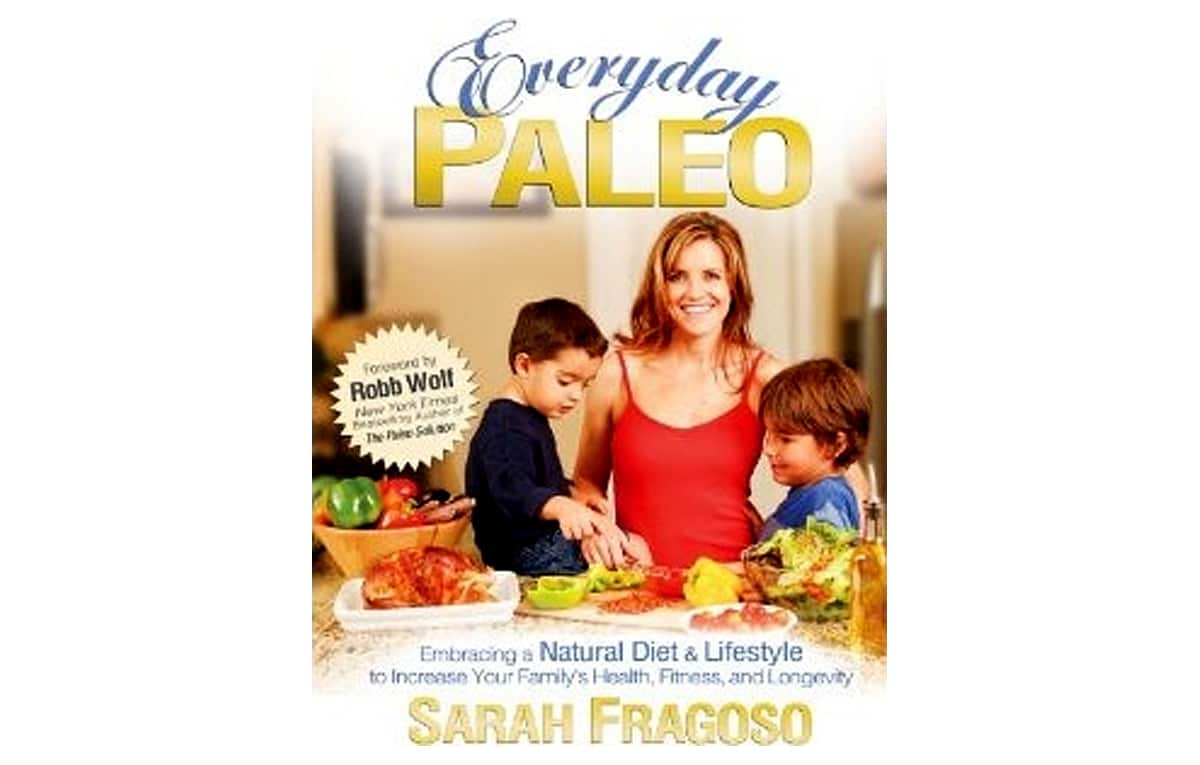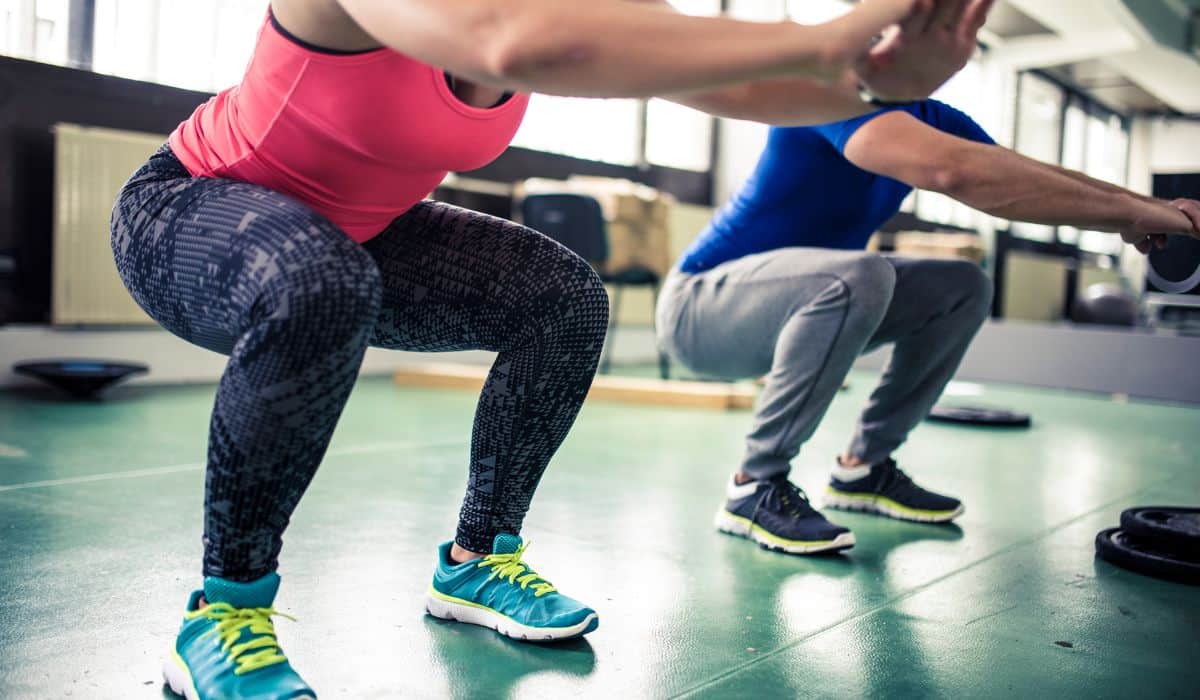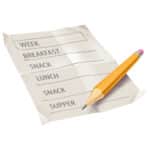
I have to say that I was a bit reluctant to read the new book by Sarah Fragoso, who also maintain the excellent Everyday Paleo blog. I was, because I've found that I disagree on some of the fundamental concepts brought forward by some of the latest Paleo diet books.
In fact, I've found that many current Paleo authors are still either fat or carbohydrate phobic and put way to much emphasis on macronutrients instead of the nature of the foods in question. I believe strongly in the Paleo 2.0 concept, where both saturated fat and healthy sources of natural carbohydrates are healthy and where the amount is often a non-issue.
I was agreeably surprised though when I finally read Everyday Paleo because I didn't find myself rolling my eyes or calling BS on any of the sections in the book.
Granted, I'm not exactly the target audience of that book, but I'm still pleased to have read it and can see it helping many families or newcomers to Paleo.
Sarah Fragoso is a trainer at Robb Wolf's Norcal Strength and conditioning gym. In that sense, she was greatly influenced and encouraged the write the book by Robb. For those who don't know, Robb Wolf is an influent furure in Paleo movement who wrote the Paleo Solution and who hosts a popular weekly Paleo diet podcast.
Unfortunately, I've found Robb to be a little bit too fat and dairy phobic so I thought that Fragoso's book would just rehash the same things about how all dairy is necessary bad instead on concentrating on the really bad modern agents of disease (grains, legumes, sugar, vegetable seed oils).
Instead of entering into technical grounds though, she decided to keep the details about the diet to a minimum and leave the science to the experts. Instead, in Everyday Paleo, Sarah focuses on implementing the diet in terms of family, kids, lunches and the little everyday difficulties that can come up. I think that she does a great job at it and fills a very important gap in the current Paleo community. In that sense, the discussion about why a Paleo Diet is the best approach for optimal health is really short, as are the details about how the diet works. The book is thus better suited for people who either just want to jump on board without bothering about the little details or the people who are already knowledgable about the diet itself but would like a helping hand at everyday details.
The first and shortest section of the book introduces the diet, explains why it's simply better than any other diets and discusses a few common questions. A very insightful and probably my favorite titbit of the book is when Sarah discusses the importance of sleep and shows that we can go for much longer without eating than we can go without sleeping. The best part of that first section though is where Sarah gives tips and tricks about making the whole family jump on board wholeheartedly with the diet and make the transition as smooth as possible. She is a busy mother of three boys and knows very well that things can get very difficult in that regard.
The first section then encourages people not to overthink things and to just try it for 30 days and see how it goes. Sound advice.
The following section is gorged with over 100 mouth watering recipes for breakfast, lunches, dinners and snacks. The recipes are very similar in ingredients and quality as those you'll find on this website and in my own Paleo Recipe Book and I only have good things to say about them. They are all coupled with a nice picture and most of them are really simple or quick to prepare. The recipe section also focuses on things that are easy to pack for kid's lunches and is coupled with a nice 30 day meal plan as well as a school lunch meal plan.

The last section is a simple exercise program coupled with photos and explanation of the basic movements of functional training. This means moving and lifting heavy objects naturally and in a way to engage to whole body most of the time. In other words, Paleo applied to fitness. The exercise program is mostly aimed at beginners, but the core movements explained are the same for either bigenners as well as advanced people. As a plus, most of the movements can be done with your own body weight or with very minimal equipment. No gym membership or expensive equipment is called for. Even more interesting, Sarah understands that it's not always easy to exercise while taking care of the children and includes a section on how to exercise with the kids and even with a toddler used as an extra weight, all in a safe maner of course. The section finishes with movements that can be performed with a partner as a way for couples to get in shape together and to bond together while doing it.
Here is a summary of the pros and cons about the book:
Pros:
- Simple, straightforward and a very easy read.
- Great recipe section with photos and great food ideas.
- Great tips about making it manageable with kids and in the context of a busy life.
- Well done exercise section that leaves no excuse to even the busiest not to exercices and get in even best shape than the diet alone would do.
Cons:
- The section explaining the diet is really short and could leave some newcomers with many unanswered questions. Of course, many websites, like this very website for example, can help fill the gap in that regard.
- Still a bit of fat and carb phobia lingering, but nothing to throw anybody off.
All in all, I think that Everyday Paleo is a great book for newcomers to the diet as well as those trying to make it all work out in the context of a family and a busy life. If you find yourself in that category and would like to read that book, you can get it now from Amazon here.





Leave a Reply